Writer:admin admin Time:2025-04-07 14:12:36 Browse: ℃
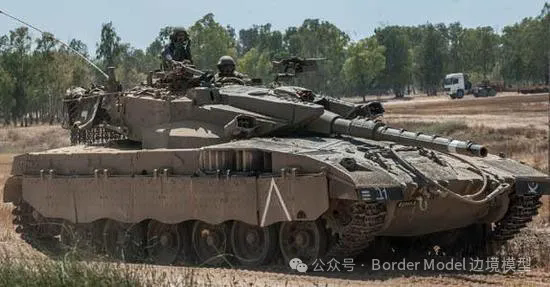
Survival First - The Desert Ark of Defense
The Merkava Mark 1, developed in the 1970s as Israel's first indigenously designed main battle tank, was born from the harsh realities of Middle Eastern warfare. Frequently outnumbered on the battlefield, Israel prioritized crew survivability above all else, leading to revolutionary protection-focused engineering.
Facing life-or-death decisions for frontline soldiers, Israeli engineers devised a radical "survival-first" solution—front-mounting the engine to act as an additional defensive barrier for the crew compartment. This unconventional "backwards" design created the tank's distinctive wedge-shaped armored citadel. During the 1982 Bekaa Valley conflict, this innovation proved its worth when not a single Merkava 1 was lost to saturation attacks by Soviet AT-3 anti-tank missiles—even at ranges under 3,000 meters.
The tank's composite armor incorporated honeycomb ceramic layers—an aviation-derived technology that boosted protection by 40% at equivalent weight. Even the rear turret storage bins doubled as quick-swappable armor modules, allowing damaged sections to be replaced mid-combat—a modular protection concept that predated Western equivalents by a decade.
The Perfect Balance of Firepower, Mobility, and Protection
The Merkava Mark 1 and Mark 2 shared the same primary armament - the M68 105mm rifled tank gun. However, the Mark 2 featured significant upgrades with an improved barrel material and enhanced chamber pressure tolerance. When firing APFSDS (Armor-Piercing Fin-Stabilized Discarding Sabot) rounds, it achieved a remarkable muzzle velocity of 1,465 m/s.
Paired with Israel's indigenous digital fire control system, the Merkava 2 demonstrated a 47% improvement in hit probability at 2,000 meters compared to the contemporary American M60A3 tank. The system also dramatically reduced target acquisition time from the Mark 1's 10-15 seconds down to just 5-8 seconds in the Mark 2 version.

The Birth of Merkava 2D: An Evolutionary Leap in Armored Warfare
Speaking of the Merkava Mark 2, we must highlight its evolutionary sibling—the Merkava 2D. Though belonging to the same generation, this upgraded variant underwent a series of technical enhancements that transformed it from a "survival-focused defender" to a "precision strike platform."
Base Armor:
Early-generation composite armor (steel-ceramic sandwich)
Strong frontal protection (turret/hull) but vulnerable flanks/rear
Rolled homogeneous steel (RHA) for structural components
Add-on Armor:
Explosive Reactive Armor (ERA) optional (not standard fit)
Limited side skirt coverage (3–5 mm steel)
Enhanced Base Armor:
Upgraded modular composite armor (turret front/hull)
Improved layered design against APFSDS (≈15% better vs. kinetic rounds)
Spaced armor with non-metallic fillers for HEAT protection
Standardized ERA:
"Jacket"-type ERA (standard on some variants)
Covers turret sides + hull front (defeats RPG-7/AT-3 missiles)
Side Protection:
Thickened steel-rubber skirts (10–15 mm)
Protects tracks + lower hull from shaped charges
Main Gun:
105mm M68 rifled gun (same as Merkava 1)
Effective against 1980s-era armor (T-62, T-72 early variants)
Limited by older APFSDS ammunition (penetration ~300–350mm RHA at 2,000m)
Fire Control System (FCS):
Analog ballistic computer + laser rangefinder
Early thermal imager (Gen-1, limited night engagement range)
Target acquisition: 10–15 sec (stationary targets)
Secondary Armament:
Coaxial 7.62mm MG + roof-mounted .50 cal HMG
60mm mortar (manual loading, unguided)
Main Gun Enhancements:
Advanced APFSDS (penetration ~400–450mm RHA)
High-explosive squash head (HESH) for urban combat
Same 105mm M68 but with new ammunition:
Barrel life extended by 20% via improved metallurgy
Digital Fire Control:
Digital ballistic computer (reduced human error)
"Hunter" thermal imager (Gen-2, 1,500m night detection)
Faster target engagement: 5–8 sec (moving targets)
Mortar Upgrades:
Semi-automatic 60mm mortar (faster reloading)
Integrated with FCS for indirect fire support
Engine:
AVDS-1790-6A air-cooled diesel (900 hp)
Adequate power-to-weight ratio (~18 hp/ton)
Overheating issues in prolonged desert operations (>40°C)
Suspension:
Helical spring suspension (reliable but stiff ride)
Limited cross-country speed (~40 km/h off-road)
Operational Limitations:
Frequent cooling system maintenance in hot climates
Transmission required skilled driver for smooth gear shifts
Engine Upgrades:
Enhanced cooling system (larger radiators + improved airflow)
Reduced engine failures by 25% in extreme heat
Transmission Refinements:
Smoother gear shifting (modified CD-850-6BX transmission)
Reduced driver fatigue during long marches
Suspension (Unchanged):
Retained helical springs (cost/reliability trade-off)
Added hydraulic bump stops to mitigate harsh impacts
Communications:
Analog VHF radios (e.g., AN/VRC-12)
Voice-only, no data-sharing capability
Prone to jamming in dense electronic warfare environments
Situational Awareness:
Optical sights only (gunner + commander)
Night vision: Gen-1 image intensifiers (~400m detection range)
No threat warning systems (e.g., laser detectors)
Crew Workload:
Heavy reliance on verbal reports between crew members
Slow target handoff process
Digital Networking:
"Tsayad" datalink (early tactical network)
Enabled basic battlefield tracking (friendly unit positions)
Reduced "fog of war" in company-level operations
Sensor Upgrades:
Commander’s independent thermal viewer (Gen-2)
Driver’s passive night vision (improved Gen-2)
Added ambient light cameras for urban combat
Electronic Defense:
Basic ECM suite against radio-guided missiles
Crew alert system for laser designation
Mine Protection Design: The 2D variant features reinforced hull-bottom armor to mitigate crew injuries from mine explosions.
Maintainability Enhancement: The modular armor system enables rapid battlefield repairs.
The 2D's combat legacy fundamentally shaped the Merkava 3's design paradigm, particularly in modular armor architecture and digital fire control systems. This evolution reflects not just technological progression, but the profound influence of modern warfare's transformation on armored vehicle development.
(Defense Analysis Version):
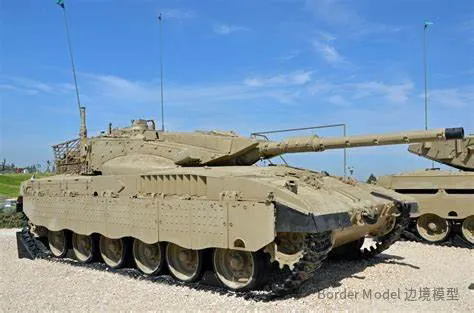
Modular Design for Cost Control
The Merkava tank employs a modular design philosophy, with 80% of its components being interchangeable with previous-generation Merkava models. This approach extends each tank's service life while achieving 37% lower lifecycle costs compared to neighboring!
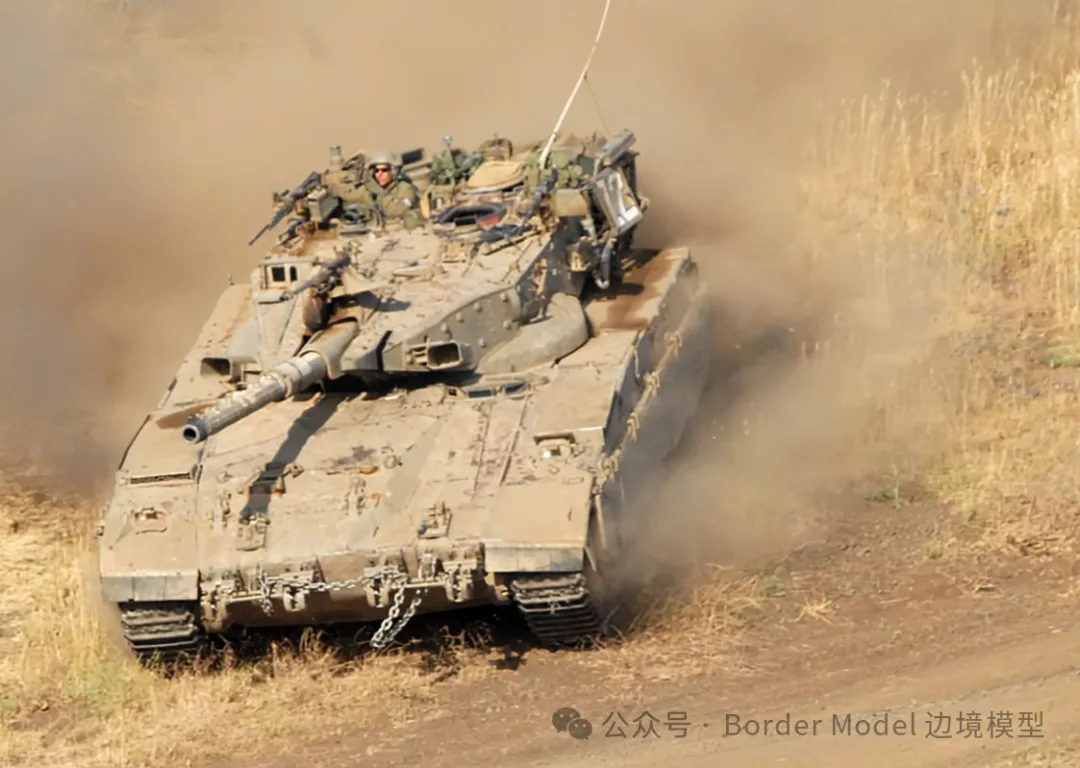
Merkava - Where Technology Decides the Final Outcome
Amidst the complex political landscape of the Middle East, the Merkava tank has undergone five generations of iterative upgrades, maintaining consistent superiority over neighboring nations' armored forces. This advantage stems not merely from isolated aspects like firepower or protection, but rather from its holistic, systems-oriented design philosophy. As a nationally developed tank series, it has achieved outstanding results across three critical dimensions: combat survivability, tactical flexibility, and cost efficiency.
Breaking News! Border Model announces its all-new BT055 Merkava Mk.2 Full Interior
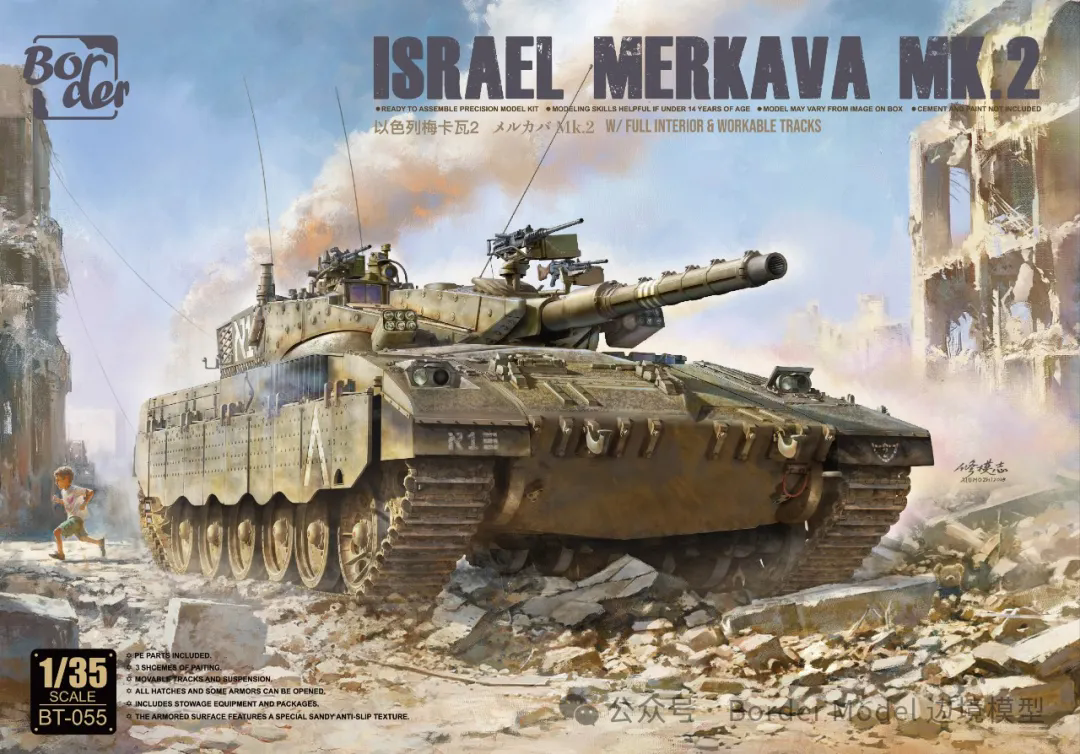

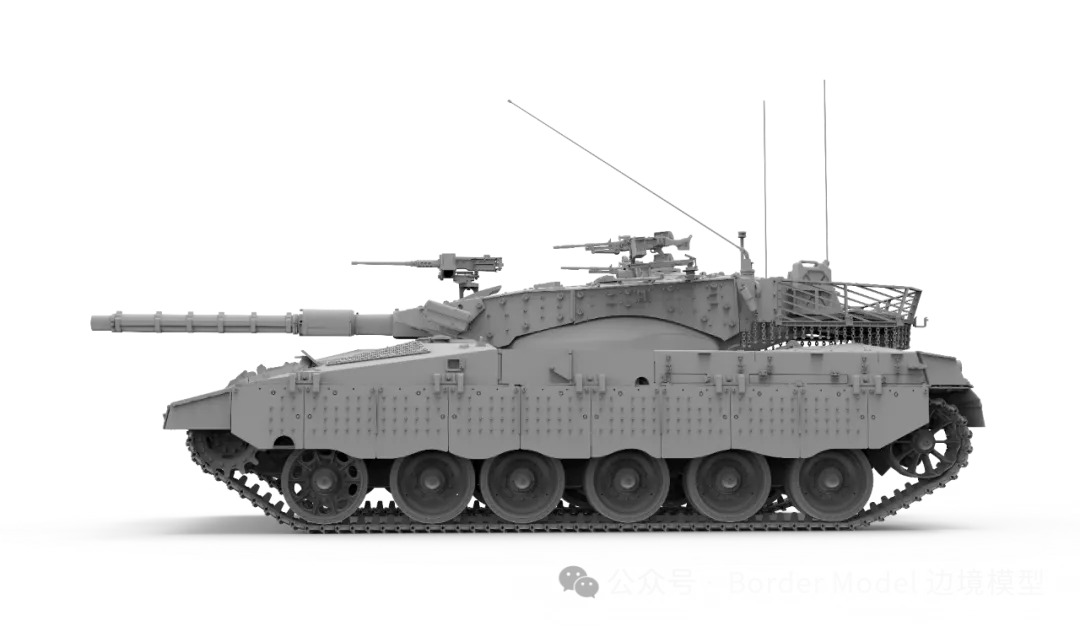
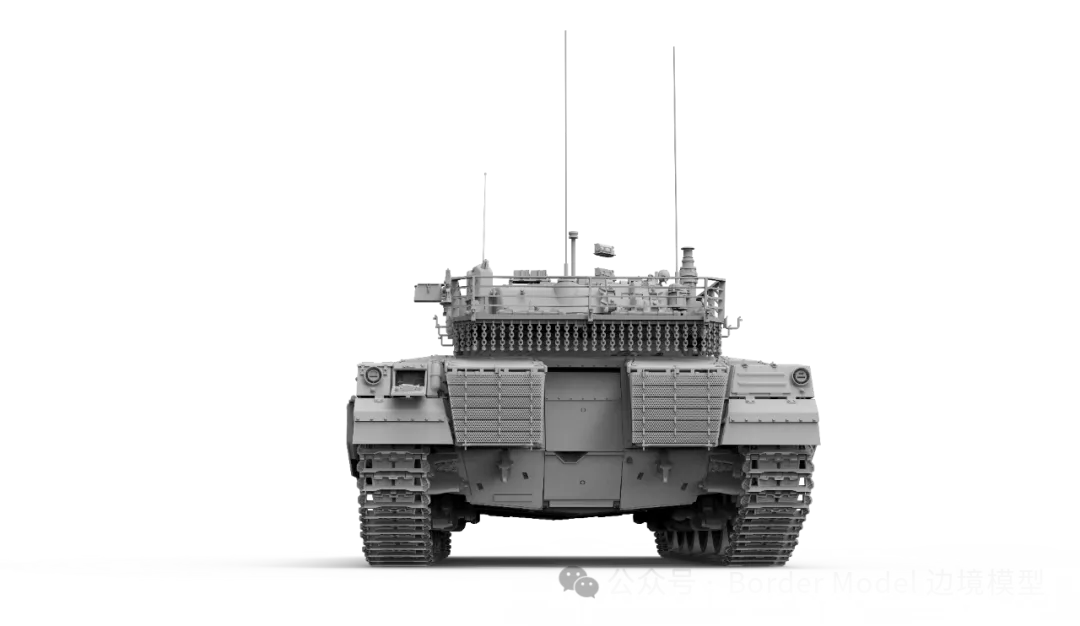
QQ: 502138917
Phone : 18061581519
Tel: 18061581519
Email : bordermodel@163.com
Add: Xizhang Industrial Park, Huishan District, Wuxi City